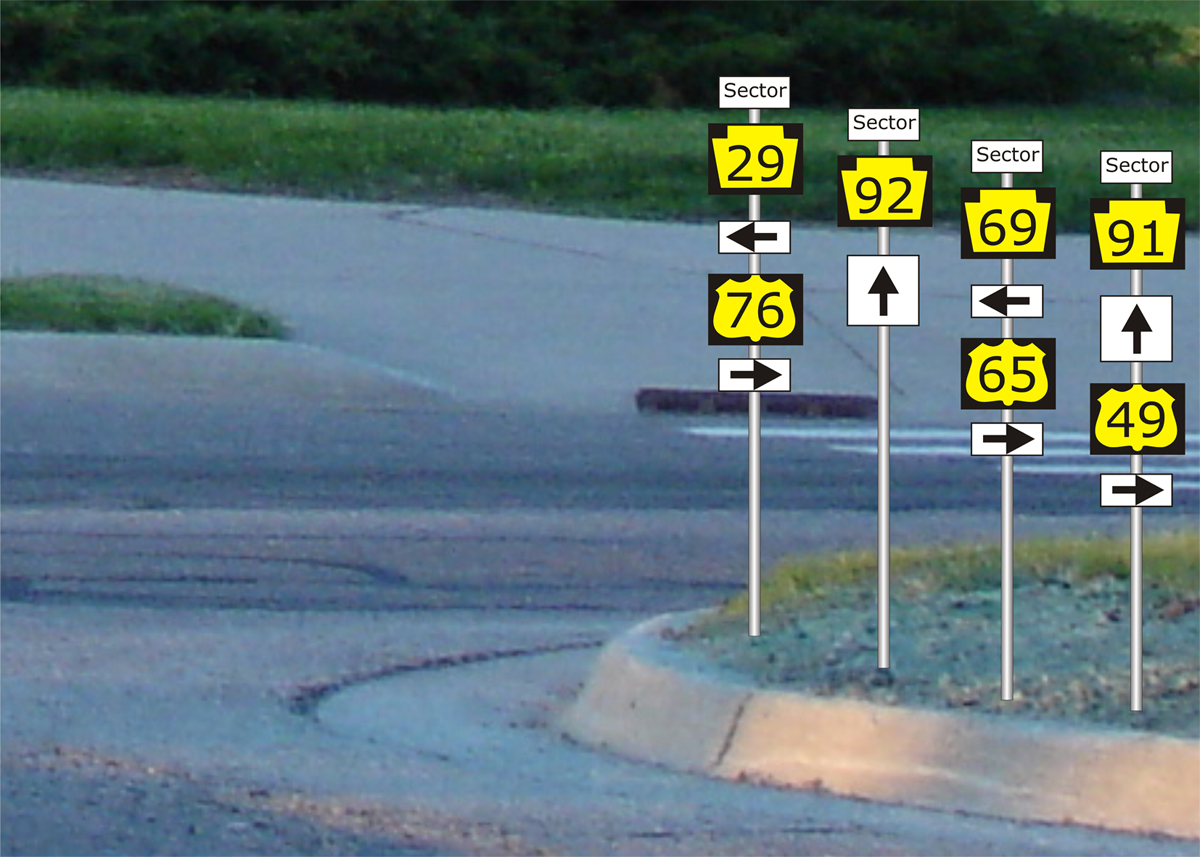.
This law was developed by two W. E. Hick (1952) and R. Hyman (1953) at the starting of sixth decade of nineteenth century. This law was also known as Hick-Hyman Law. Hick’s law states that the time required for making any decision is a function of number of options available to the task context. For example, when a control panel operator has to press a button in response to some event, such as an alarm; Hick’s Law can predict that greater reaction time is required when greater number of alternative buttons are available. Computational expression for the reaction time prediction formula is-
RT = a + b log (n)
Where,
RT= Reaction time
a = the total time that is not involved with decision making
b = an empirically derived constant based on the cognitive processing time for each option (value of ‘b’ is around 0.155 seconds for humans)
n = number of equally probable alternatives
Generally, each task consists of some basic steps: ‘Step-1. Identification of a problem or goal’; ‘Step-2. Assessment of the available options to solve the problem or achieve the goal’; ‘Step-3. Decide any one option from available options’; ‘Step-4. Implementation of the option’.Hick’s law applies to the third step: decision for an option. However, Hick’s law could not be applied to decisions that involve significant levels of searching, reading, or complex problem solving. For example, a complex comprehensive task requiring reading sentences and intense concentration with three options can easily take longer than a simple stimulus-response task with six options.
Hick’s Law may be understandably implemented by designers to improve the efficiency of a design. For example, this law applies to the way finding layout and signage design, design of software menus or menu of mobile applications, control panel displays, and emergency response training.

Figure 7. Complex road signage.
If road signs are too dense or complex (Figure 7), the time for a driver to make a turn based on a particular road sign increases with the total number of road signs.

